Canard Moving On
 Thursday, October 26, 2017 at 10:55AM
Thursday, October 26, 2017 at 10:55AM Trey Canard | Setting the Standard
Improving Rider Advocacy

The last time we had the chance to talk to Trey Canard, he had just stepped away from racing and wasn’t sure of his plans moving forward. A few months later, Canard started posting on his Instagram account, hinting at some involvement with the building of the 2017 Red Bull Straight Rhythm track. As it turns out, Trey is working on something called Racing Standard, which provides advocacy to riders and helps to improve the safety of racetracks and events. Canard himself had suffered some tough injuries in his career, including a broken back in 2012 after being landed on. During the morning hours of the 2017 Red Bull Straight Rhythm, we chatted with the former factory racer to find out more about Racing Standard and what he’s doing to improve the safety of the sport.
It’s been roughly three months now since you’ve retired.
Yeah the end of July, so almost four! It’s gone quick.
In that time, what have you been up to? What has life been like since then?
It’s weird, it stopped. You go so fast for so long and then it’s like I hit the brakes. It was really fun at first, we did some really fun things and it’s still good being at home with my family. We’ve gone to some cool places. It’s been interesting and it’s been a lot more difficult then I thought it would be to stop riding. It’s been good overall and I’ve been trying to figure out what my new normal is.

On that same note, a lot of guys have talked about starting something along these lines or they’ve voiced a need for it. For you, what did it take to actually pull the trigger and go for it?
There’s been a lot talk for a long time, at least as long as I can remember being a professional. There’s been talk about a riders union or an association, and I don’t know that something like that is the route I’m looking to pursue. For me, I’ve had a lot of injuries and I want to do anything I can to help limit those. In any sport, athletes are going to have injuries because we’re pushing ourselves to the limit. There are going to be crashes and accidents, but if we can limit that in any way or make riders feel more comfortable, that’s my goal.

At what point did this idea come to you, and when did you ultimately make the decision to pursue it?
I think one moment that stands out was at a race that had a 90-degree righthand turn into a rhythm lane at a Supercross. It was a really short start, you almost couldn’t grab third, and we all looked at it and thought it was going to be sketchy. I ended up having my hand landed on and I crashed in the heat race. I was just thinking after that night, “Why don’t we have someone that can look at that before we even get there and realize that the design might not work?” That was the first moment that I realized we need someone to be in this role. After retiring, I was thinking of what I can do next and obviously, I’m passionate about trying to help guys stay healthy, so I thought I’d give it a crack.
Looking at 2018, do you see your involvement coming in during the track design process or when the track is built and you can physically see and test the track?
I think they probably have most of the mapping done at this point, but I’d love to give my feedback if possible. There’s only so much you can see on a piece of paper though. Getting out here to look at the dirt and how things are formed is the key part. That’s probably the best route to go about it. You could look at a map and it can be all sorts of different ways on paper, but until you see how things are built you don’t really know.


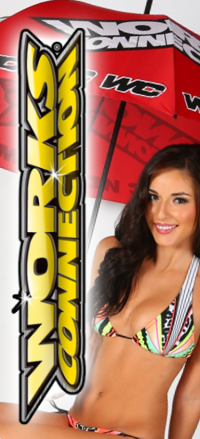
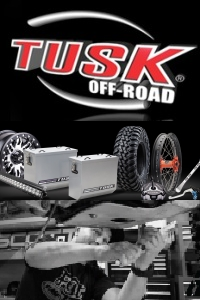
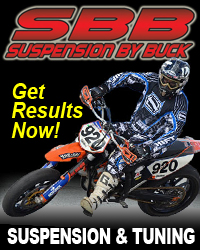
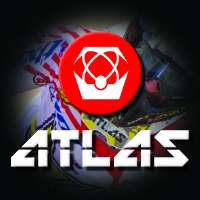
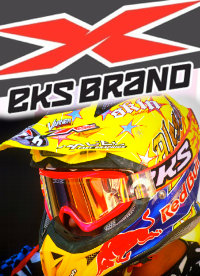
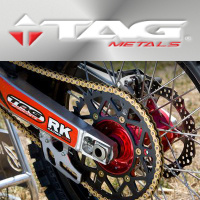
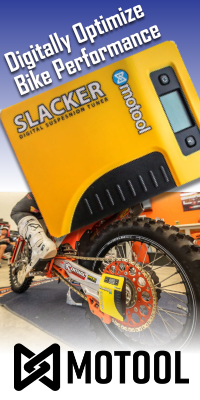

Reader Comments